Tourist Attraction
The name of the place “Beitou” is derived from the name of the ” Kipatauw” in the Pingpu language, it means “witch”. Why is this place called “witch”? One explanation is that the steam from the hot sulfur springs in this area lasts all year round, which frightens the indigenous people and makes them believe that it’s the work of a witch. The Han Chinese people who later came to open up the land for development transliterated the name of the place into “Batou”. Then the name gradually evolved into what it is today, “Beitou”. Nature has endowed Beitou with a beautiful landscape, and the spiritual powers of the “Beitou witches” have instilled infinite imagination and blessings in the stories of the community.
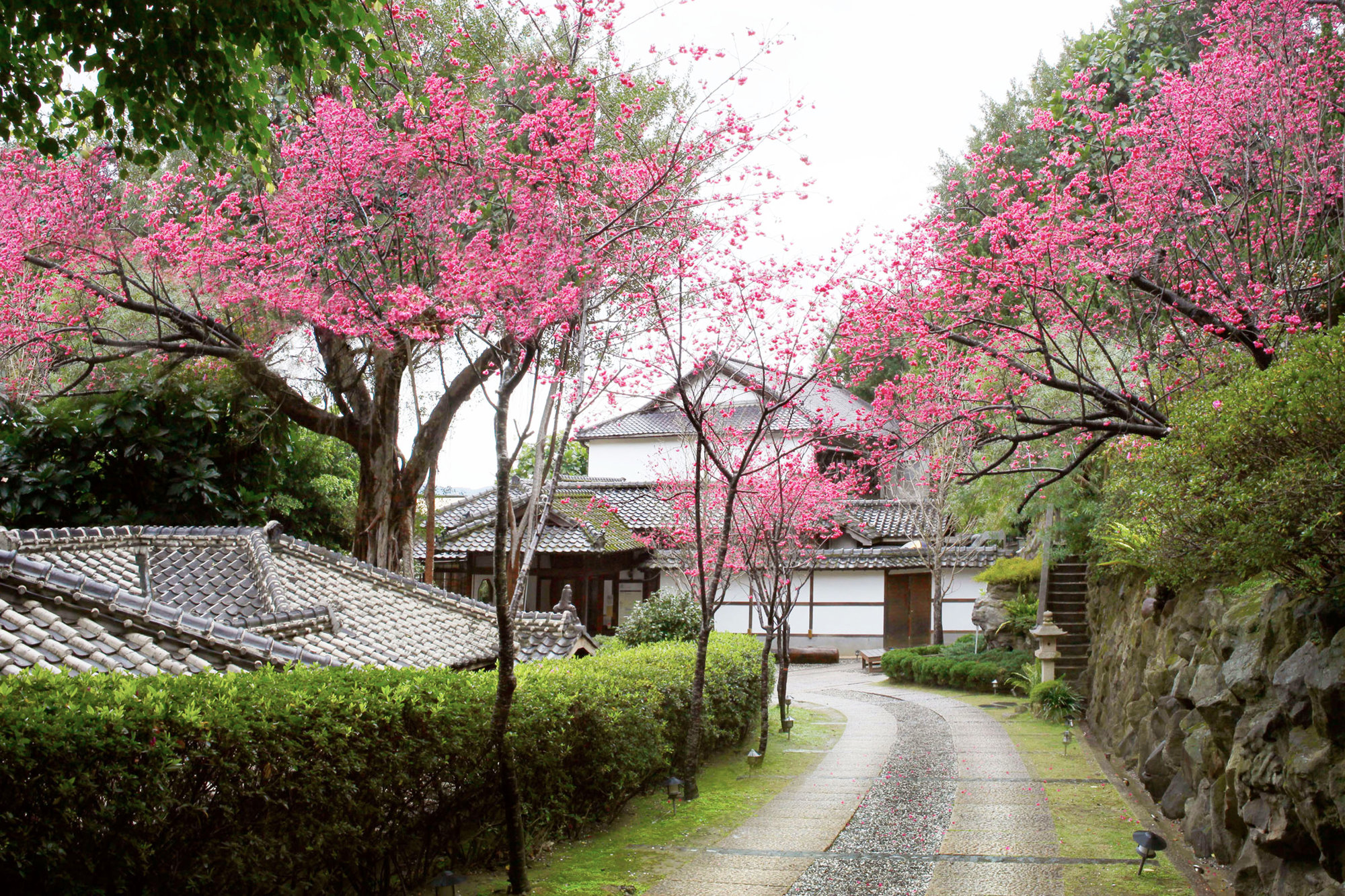
Beitou Museum
- The predecessor of Beitou Museum was the Kazan Hotel, which was built in 1921 and was considered the finest hot spring hotel of the era within the Beitou District. The Kazan Hotel was a “Japanese Military Officers’ Club” during Japanese occupation. It has also been rumored that the hotel served as a resort for Kamikaze pilots during World War II. The manor was officially renamed “Beitou Museum” in recent years, and is now dedicated to the preservation of early Taiwanese folk and aboriginal artworks. In September 1998, Taipei City Government declared the manor as a municipal heritage site.
- By Walking:1 min
Business hours
Tuesday to Sunday 10:00~18:00
(Closed Monday except holidays)
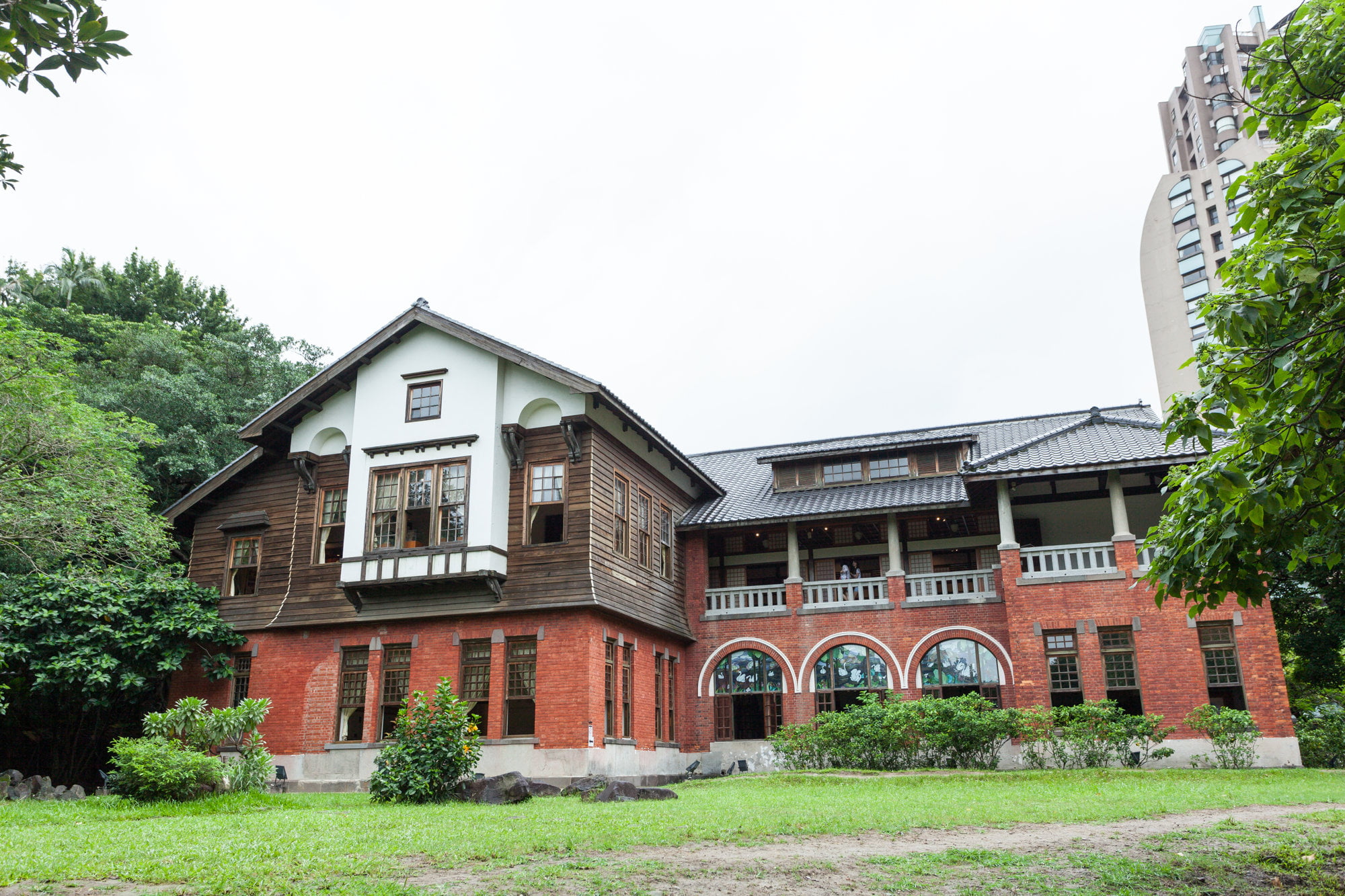
Beitou Hot Spring Museum
- In June 1913, the Taipei Prefecture under the Japanese Colonial Government built the Beitou Public Bathhouse after the design of Mount Izu Hot Spring Bathhouse located in Shizuoka, Japan. Beitou Public Bathhouse was a popular bathhouse during Japanese occupation, and features the architectural style of country manors during Tudor England. On October 31, 1998, the former bathhouse was reopened to the public as “Beitou Hot Spring Museum.”
- By Walking:15-20 min.
Business hours
Tuesday to Sunday 09:00~17:00
(Closed Monday and national holidays except weekend)
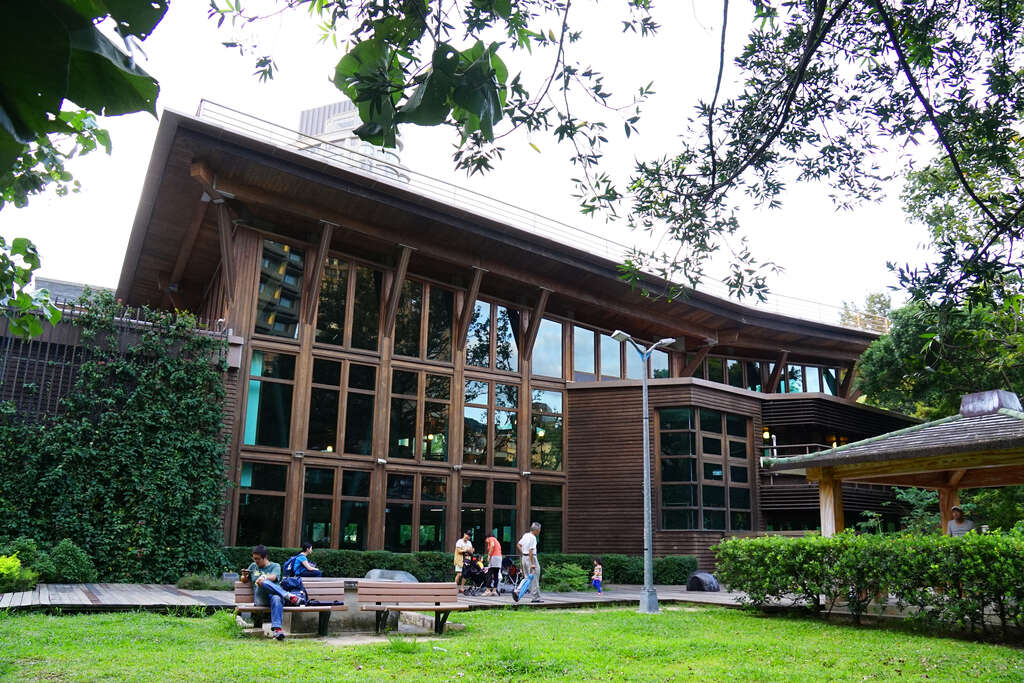
Taipei Public Library Beitou Branch
- Taipei Public Library Beitou Branch is the first library in Taiwan that features green architecture. Large French windows are used throughout the entire building, providing an abundance of natural light and a sense of proximity to readily available natural sceneries. In 2012, Beitou Library was chosen by US online cultural magazine Flavorwire.com as one of “The 25 Most Beautiful Public Libraries in the World.”
- By Walking:15-20 min
Business hours
Sunday to Monday 09:00 ~17:00
Tuesday to Saturday 08:30~ 21:00
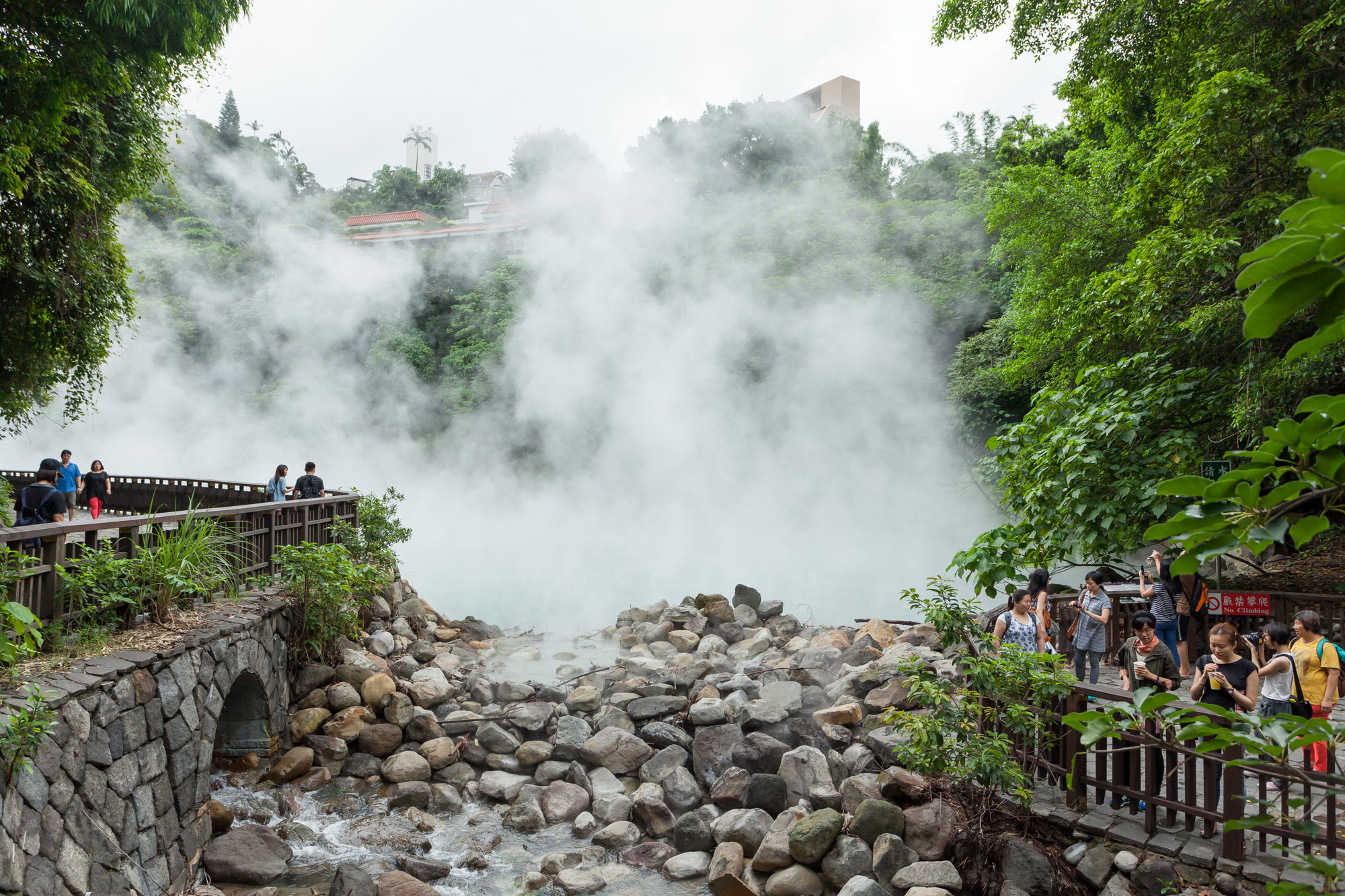
Thermal Valley
- Located right next to Beitou Hot Spring Park, Thermal Valley is one of the primary sources for Beitou’s many hot springs. The water emanating in this valley features the attributes of acid sulfate chloride springs, otherwise known as “green sulfur.” The sulfuric fumes permeate the valley throughout the year, hence its alternative names of “Hell Valley” or “Ghost Lake.” The valley was moreover one of the “Eight Famous Sights and 12 Sceneries of Taiwan” during the era of Japanese occupation.
- By Walking:10-15 min
Business hours
Tuesday to Sunday 09:00~17:00
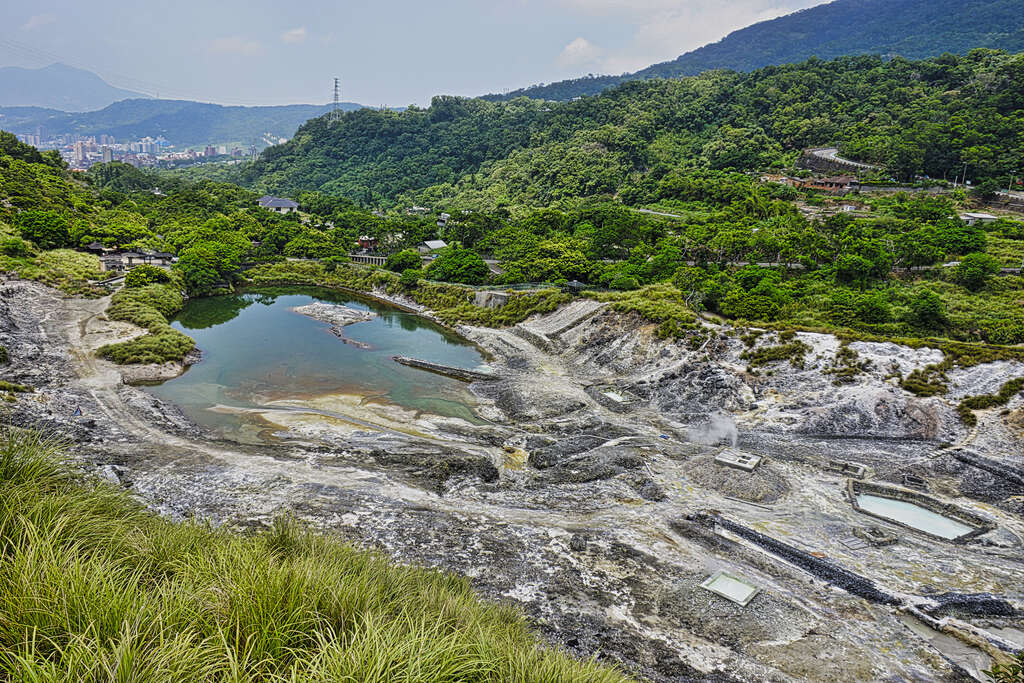
Dahuangzui
- Dahuangzui, located on the south side of the Datun Volcanoes, is a volcano crater shaped by explosive eruptions. Rich varieties of pyroclastics, sedimentary rocks, and local culture have all contributed to the formation of its unique landscape. Fumaroles and hot springs abound within the valley, the emerging waters of which are sourced into the many reservoirs within the area and provided to the hot spring hotels of Xinbeitou. The water in this region features the attributes of acid sulfate springs, otherwise known as “white sulfur.”
- By Bus:Take S25、230 route bus in “Beitou Museum” station and get off in “Dunxu High School of Industry and Commerce”, walking 5 min will arrive.
Business hours
Tuesday to Sunday 8:00~18:00
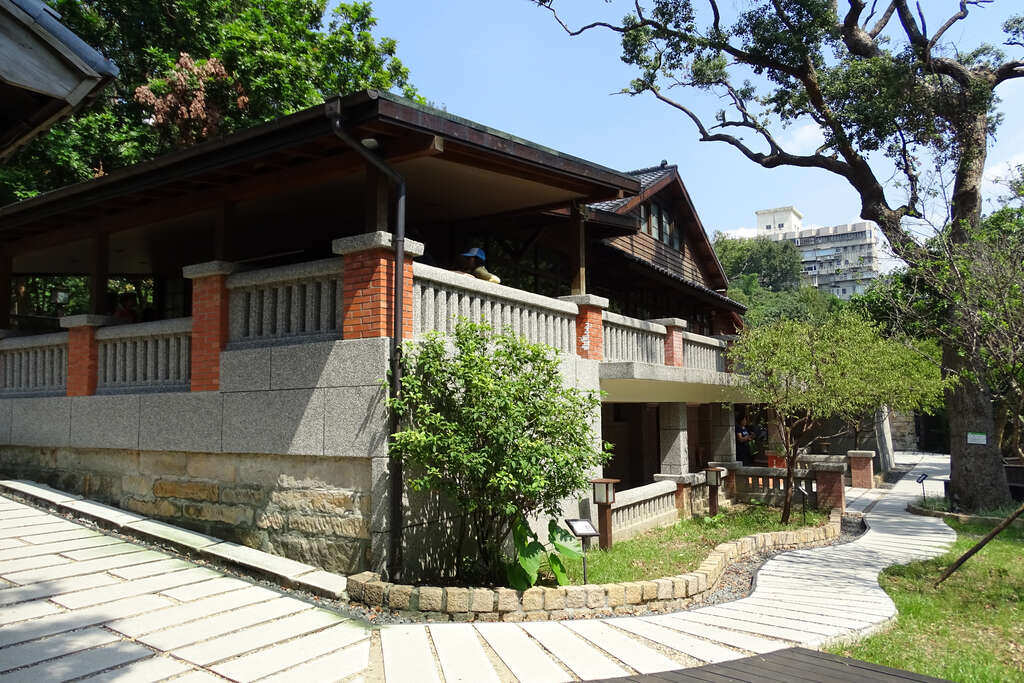
The Plum Garden
- The Plum Garden was built in the late 1930s. Once the summer getaway home for the master of cursive calligraphy of the generation, Yu You-ren, it is now a municipal historic building. The Japanese timber framing-style architecture features a common RC air raid shelter used in the early stage of the Pacific War. The backyard is tree-shaded, verdant and luxuriant, overlooking Beitou River with murmuring water, and on the pillar beside the entrance, you’ll see the calligraphy inscription “Plum Garden” by Yu You-ren.
- By Walking:15-20 min
Business hours
Tuesday to Sunday 10:00~18:00
(Closed Monday)






